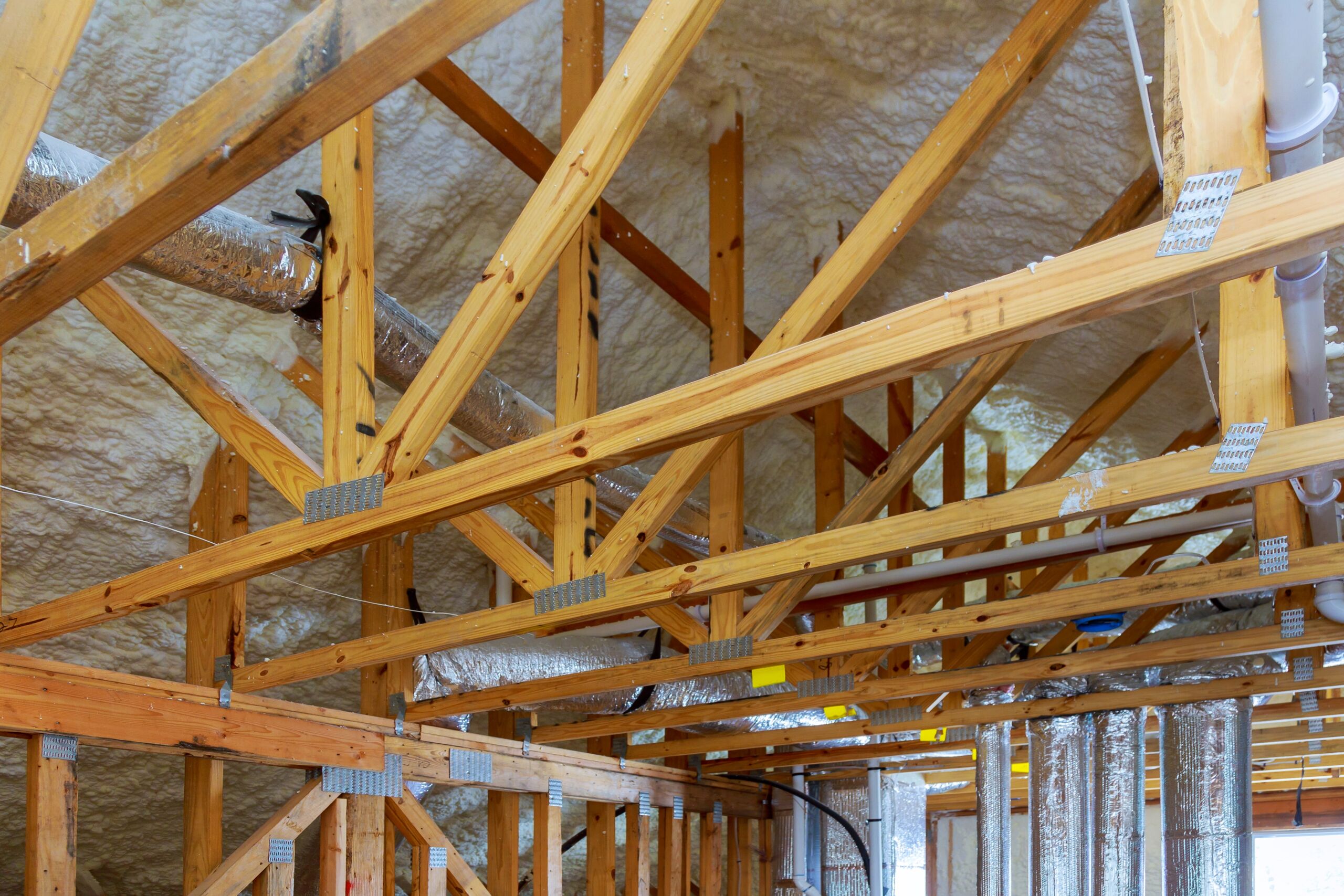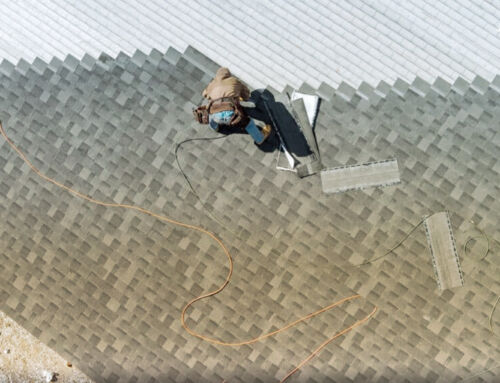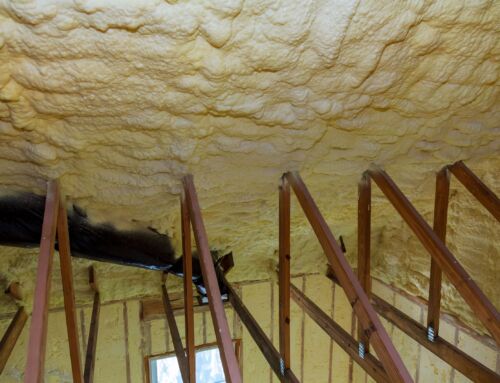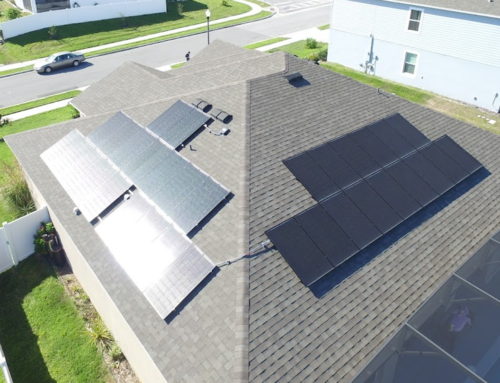Installing insulation in your home brings valuable benefits like improved comfort, lower energy bills, and better temperature regulation.
But not all insulation is created equal. Spray foam insulation consistently outperforms common alternatives like fiberglass and blown-in insulation. Here’s why it works better.
Superior Air Sealing
A major weakness of fiberglass and blown-in insulation is lack of air sealing. Small gaps persist around the edges of batts and blown-in insulation that allow air leakage. Hot or cold air finds its way through cracks, costing you energy.
Spray foam insulation expands and seals these gaps as it applies. The foam adheres tightly to surfaces, sealing up cracks that batts miss. This blocks drafts and air leakage far better than other insulation types.
Tighter air sealing means more comfortable rooms and lower heating and cooling costs.
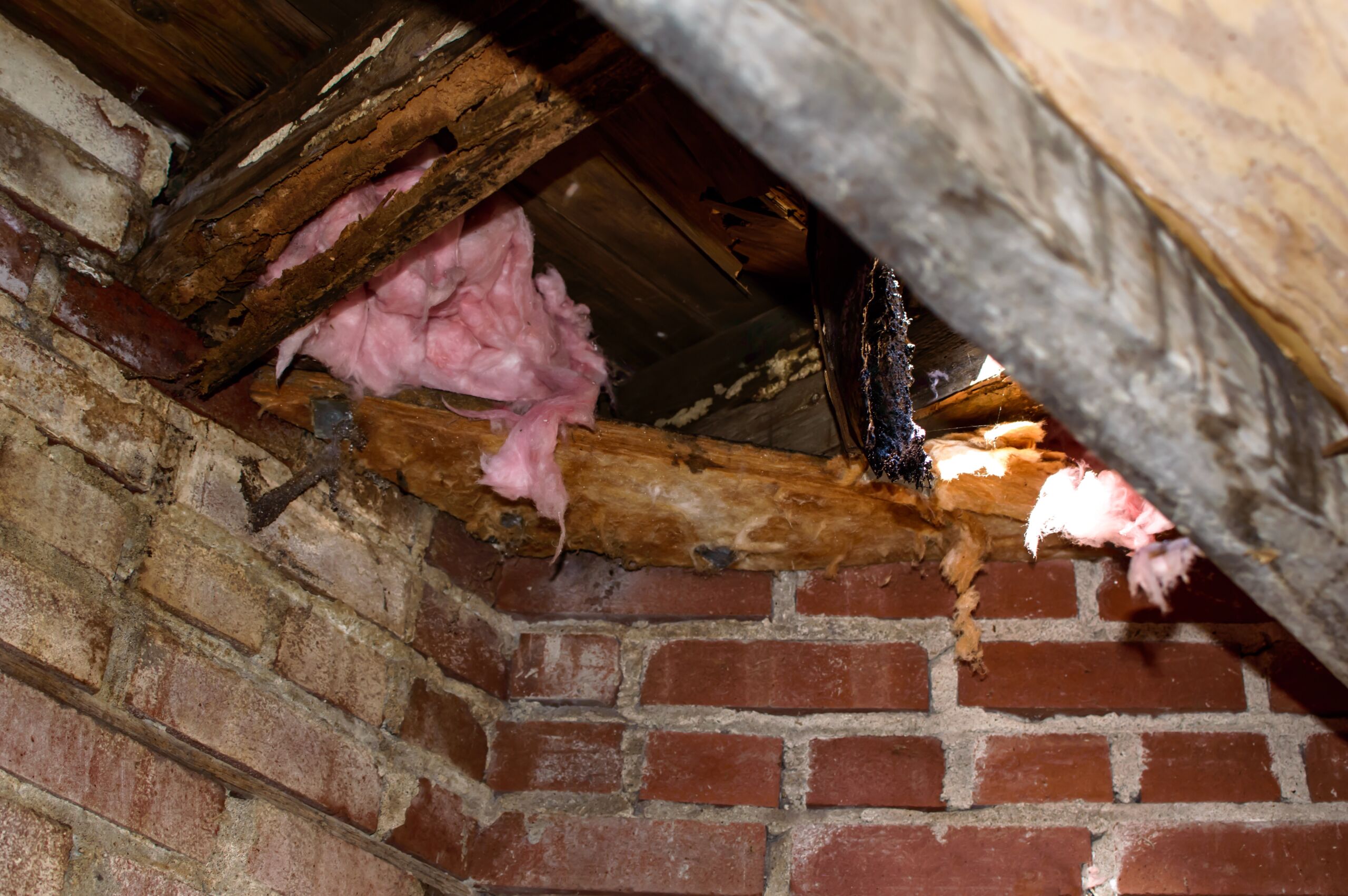
Complete Coverage
Standard insulation materials often leave gaps in coverage. Wall studs, attic rafters, and odd-shaped spaces get missed when installing batts or blowing in loose fill.
Heat flows easily through these voids and uninsulated areas.
Spray foam insulation fills every nook and cranny. It adheres seamlessly around obstructions, fully encapsulating all surfaces.
Consistent coverage without gaps boosts insulating power and prevents heat loss. Rooms maintain comfortable temps better.
Longer Lasting
Over years of seasonal temperature changes, fiberglass batts and cellulose can settle and compress. This reduces the insulation value and allows more air leakage. Fiberglass also absorbs moisture which degrades its performance.
Spray foam insulation retains its insulate strength long-term. The rigid foam won’t compress or sag from temperature cycles.
Closed-cell foam also resists absorbing moisture. Spray foam maintains excellent insulation for decades when properly installed.
Higher Insulation Value
Spray foam typically provides an insulation value of R-6 to R-7 per inch. Fiberglass batts only deliver around R-3 to R-4 per inch. This means spray foam insulates 2 to 3 times better in the same space.
The superior air sealing of spray foam also boosts its effective insulation value. Preventing heat loss through cracks and gaps makes insulation more impactful. Combine air sealing with higher insulation ratings and spray foam is hard to beat.
Works in More Applications
Rigid fiberglass batts fit standard wall cavities well, but they are trickier for odd-shaped areas. Fiberglass can be compressed around ducts, wires, and plumbing in attics and crawlspaces.
The moldability of spray foam allows insulating difficult spaces. It adheres perfectly around pipes, wires, ducts, and roof angles. Irregularly shaped voids and gaps get filled seamlessly. Spray foam tackles insulation challenges fiberglass can’t.
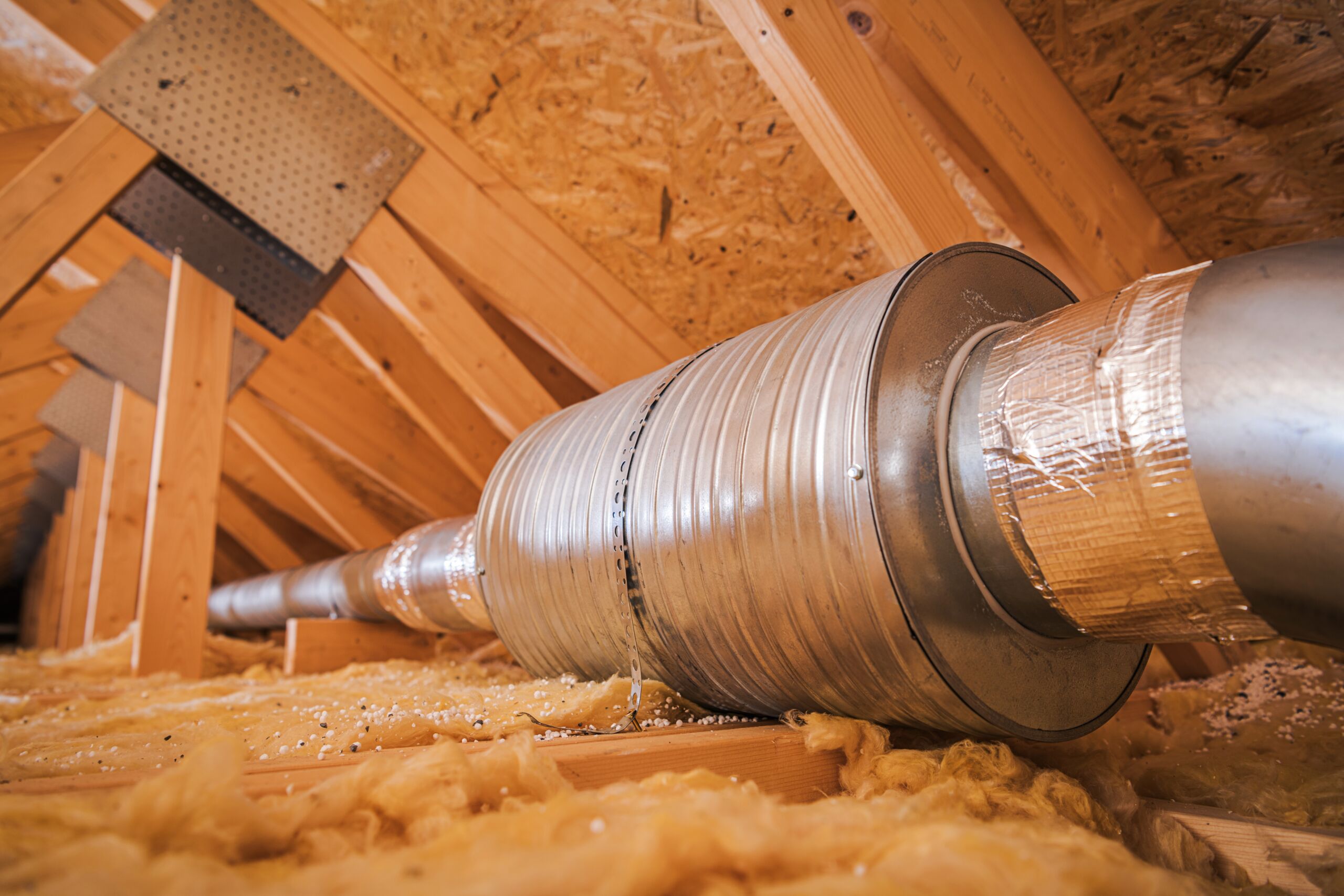
Long-term Value
The lifetime value and savings of spray foam make it worthwhile. Installing spray foam once the right way locks in energy savings for decades.
Replacing sagging old fiberglass with fresh spray foam improves insulation exponentially. Any added initial expense gets paid back over time through smaller energy bills, especially when used together with solar and appliance upgrades. Upgrading to spray foam boosts home value too.
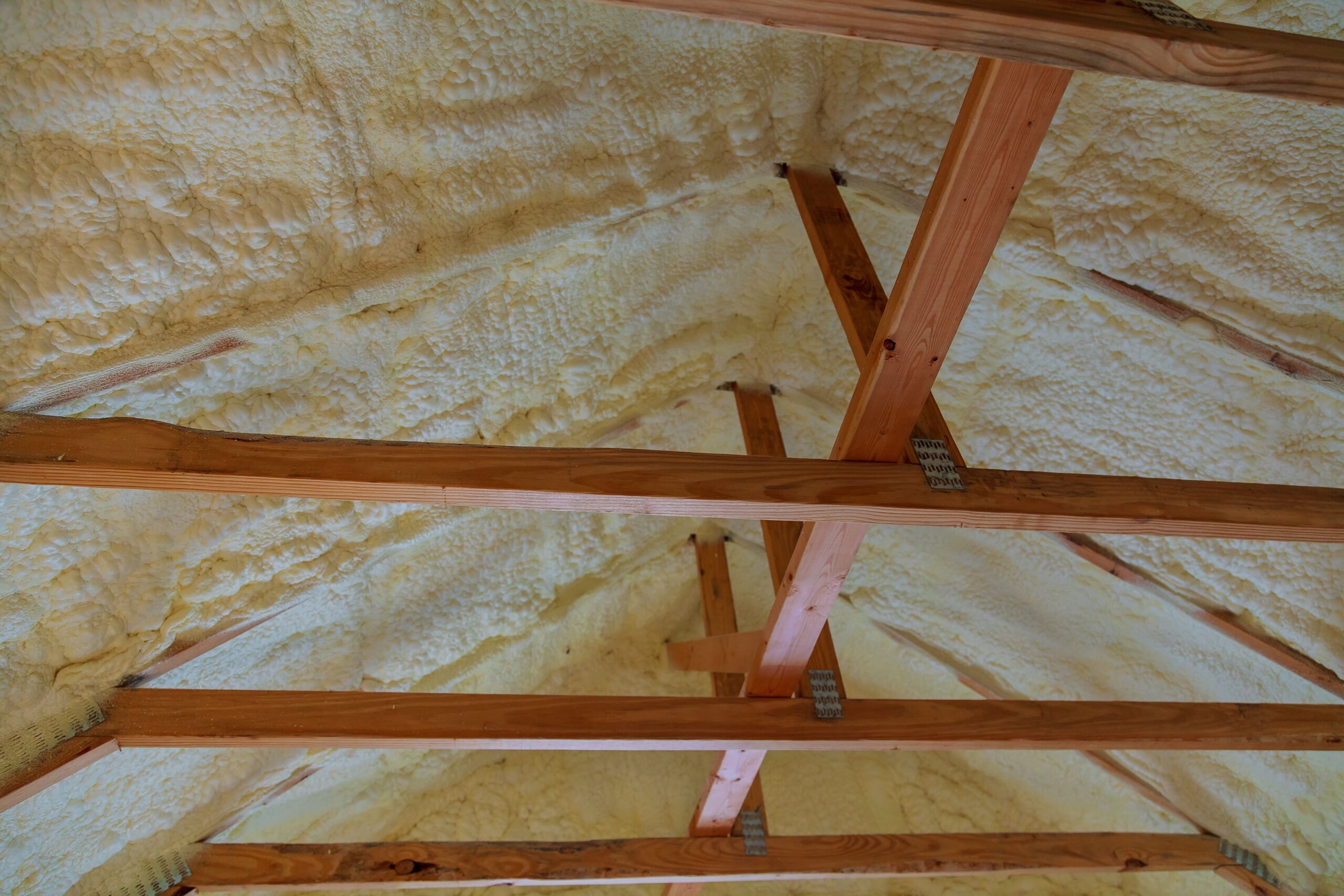
Spray Foam is the Superior Insulation
When properly installed by experts at Zone 5, spray foam outperforms common insulation options. For unmatched air sealing, temperature regulation, and energy savings, spray foam is the top choice. Added upfront investment brings comfort and value for years to come.
Schedule your free Home Efficiency Assessment to determine how spray foam can address your home’s specific needs for maximum benefit. Invest wisely with spray foam.
